When we stand at the butchers counter, most of us may wonder what is the difference between a top sirloin and a porterhouse. If you ever come across a good beef cookbook, you will be able to appreciate a good diagram of beef cuts.
Beef is the widely consumed animal protein through out the world when compared to any other meat. Hence it is important for a good steward to select a good piece of beef for his wonderful recipe.
Grading of beef cuts
The beef is usually graded into three categories based on its quality by the United States Department of Agriculture (USDA). Grades are specified after taking into consideration the color, appearance, meat’s consistency and last but not least the amount of marbling in the beef. The Graded beef is classified as follows:
Prime Meat:The meat, which is having more marbling, is termed as Prime meat. This is usually found in fine restaurants.
Select Meat: The select meat consists of less marbling, which means low fat and less calories. But it won’t be as tender as that of prime and also contains less juice and flavor.
Choice Meat: Choice meat consists of more marbling than Select meat but less marbling than Prime meat. But it is somewhat tender than Select and also juicy and flavor than select.
Beef Cuts
The names of the beef cuts vary between countries. Sometimes it varies within the regions of the country also. The rear section of the carcass is termed as Rounds in US, but in Canada it is called hip. Here is a break down of some common cuts of beef:
Rib eye: This is the top cut preferred by most of the beef connoisseurs. This is characterized by abundant marbling. When you cook this beef cut, the rib eye gets melted into the meat and produces a juicy tasting recipe. The Rib eye steak is called an Entrecote in French.
Top Sirloin: Lesser grade cut but this is the largest beef cut when compared to other beef cuts. In layman’s terms, a family of four can complete their dinner with one top sirloin. Always prefer to buy prime grade rather than choice and select grades.
Porterhouse: As the name suggests, it is not concerned with any kind of house. This beef cut has ample marbling. It is a top loin with good flavor. It has the largest eye and tenderloin. This is being usually used in restaurants with challenge for their customers. They will give entire meal free for those who took all of their 26-ounce steak.
Chateaubriand: This has been cut from the butt end but should weigh around 24 ounces. A six inches long chateaubriand will weigh around 24 oz. A chateaubriand with Bearnaise sauce served in a dining table is a wonderful delicacy.
Filet Mignon: A well worth costly choice beef cut, if you cook it with pot-roasting. This is most soft with less water beef cut. This don’t have intense flavor as that of rib eye and porterhouse.
New York Strip: This is one of the cost-effective beef cut parts. This cheap cut is a t-bone with the tenderloin and also a good quality cut.
T-bone: This is also one of the cheapest beef cuts. This consists of a full loin eye and medium sized tenderloin. A couple for few delicate bites always prefers this. This smaller tenderloin is not always suitable for heavy meals. For heavy dinner, the customers usually prefer New York Strip.
Ground Beef: Ground beef should not be less than 70% lean. The package will usually indicate whether it is from ground sirloin, or ground round.
Loins and ribs: The most tender cuts of beef. The loins and ribs should be cooked with high heating methods to improve its taste and tenderness. Broiling, grilling, roasting, sauteing, and frying are the common methods employed for cooking the loins and ribs.
Selecting beef cuts based on cooking methods
Apart from selecting a good beef cut from butcher shop or grocery store, the beef cuts can also be selected based on the method of cooking you preferred to perform.
If you want to cook the beef on a grill, it is always advised to go for tenderized meat rather than tougher cut from the rounds. A beef with minimum of 2 inches thick may require oven roasts. A very tender cut such as loin and rib primal cuts can be oven roasted for better results.
If you want to do Pot roast, it is always to select the beef cuts from round and chuck. Pot roast is the method of boiling the beef in a pot containing liquid in the stove. Standing rump, eye roast are the best pot roast products.
Tips to select better beef cuts
Before shopping for a good beef cut for a particular recipe, you should learn about the various cuts available in the market. The following tips may help you in selecting good beef cuts:
- Try to locate the origin of the cuts from the body of the carcass. This will help you to identify the names of the cuts.
- Look for the tenderness and leanness of the beef cuts before procuring it.
- Inspect the “Sell-by” date in the packaged beef. You should buy your beef cut either before or on the “sell by” date.
- When selecting the beef cuts from cold storage cases of the grocery stores, the packages chosen for your use should have no excess liquid at all. If it is not too cold, then it has been stored above 40 degrees and taste may be questionable. Inspect thoroughly the coolness of the pack and ensure that it has not been damaged.
- Firmness of roasts and steaks should be checked. Avoid the purchasing of soft roasts and squishy steaks.
Always select the beef cuts that are bright red in color with thin creamy white fat evenly distributed throughout the surface. But if you are selecting veal, the color should be either white or light pink. - Beef injected with flavorings should be avoided because flavoring makes your beef break down and may be easily overcooked.
- Always try to avoid buying tenderized beef because during the procedure, the butcher pierces the beef to push the juices and flavor out of it and produces tough and bad flavored beef.
- Be friendly with the butcher to get ideas about the perfect beef cuts and sometimes he will offer you fantastic recipes too.








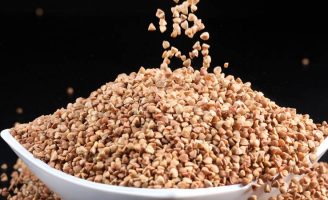
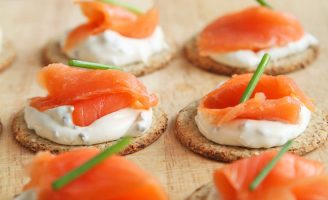









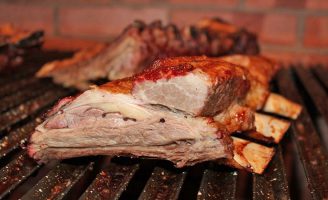
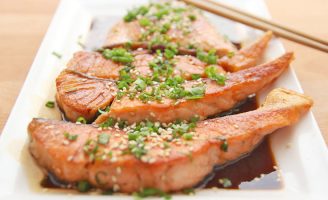
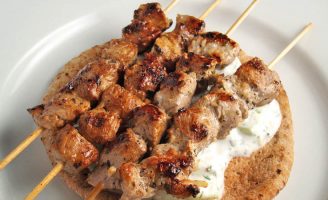

Leave a Reply
Your email address will not be published. Required fields are marked (required)